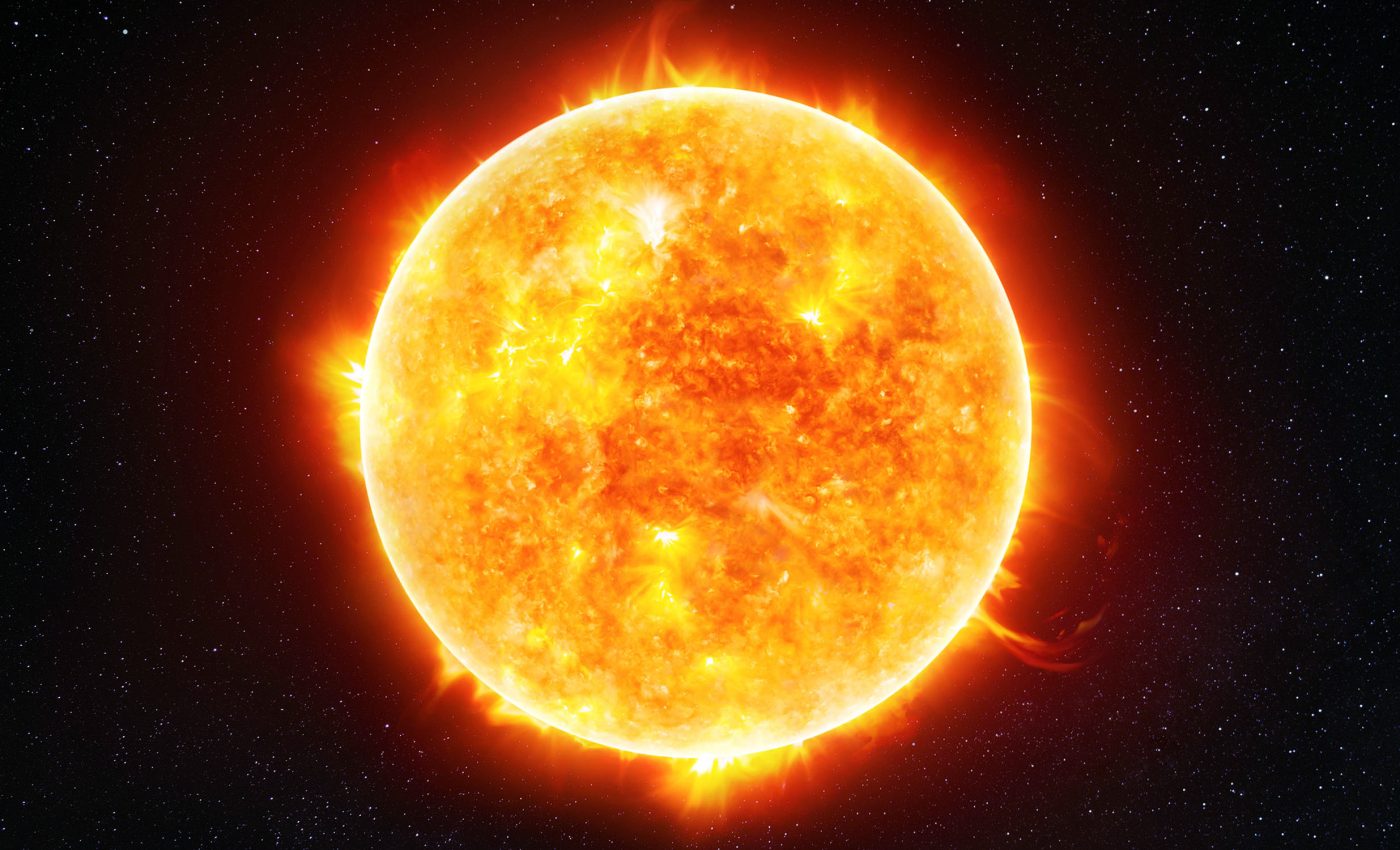
Geomagnetic storm warning issued for astronauts and auroras
On July 24, the National Oceanic and Atmospheric Administration (NOAA) has issued a geomagnetic storm warning due to heightened solar activity.
The trigger was a coronal mass ejection (CME) – a plume of plasma and magnetic field – that left the sun on July 21, now hurtling toward Earth.
In addition, the NOAA has extended a geomagnetic storm warning for Proton 100MeV Integral Flux above 1 pfu. Originally valid until 01:40 UTC on July 23, the warning now extends to 23:59 UTC on the same day. This extension suggests persistent conditions.
This increase in energetic solar radiation poses heightened risks to astronauts and passengers on high-latitude, high-altitude flights.
Additionally, satellite systems could face increased susceptibility to single event effects. It’s crucial to consider this information along with current Solar Radiation Storm conditions when assessing potential impacts.
CMEs and geomagnetic storms
A CME transports electrically charged particles, known as ions. When these ions interact with Earth’s magnetosphere, they incite geomagnetic storms.
These storms manifest as the stunning northern lights (aurora borealis) in the Northern Hemisphere and the southern lights (aurora australis) in the Southern Hemisphere.
Geomagnetic storms are classified on a G-scale by NOAA, ranging from G1 (minor) to G5 (extreme). The current watch is for a G2-class storm, denoting moderate intensity.
As July 24 approaches, forecasts will become more refined, providing enhanced insights into the storm’s arrival and potential impacts.
Recent solar activity
In the past 24 hours, solar activity has remained high. The most significant event was an M3.9/Sn flare (R1-Minor) at 04:04 UTC on July 22.
This flare originated from Region 3762 (S13E37, Eai/beta-gamma-delta), which showed only minor changes throughout the day.
Two new regions have been numbered near the eastern limb: Region 3763 (N03E70, Hsx/alpha) and Region 3764 (S03E76, Hsx/alpha).
Other active regions on the visible disk were mostly stable or in gradual decay. No Earth-directed Coronal Mass Ejections (CMEs) have been observed in the latest coronagraph images.
A Type II radio sweep was recorded at 09:26 UTC, with an estimated speed of 536 km/s. This event was linked to an eruption off the eastern limb, which is not expected to impact Earth.
Solar activity is expected to be moderate (R1-R2, Minor-Moderate) from July 23 to July 25. There is a slight chance of stronger X-class flares (R3, Strong) during this period.
Energetic particles update
In the last 24 hours, the greater than 2 MeV electron flux was at normal to moderate levels, while the greater than 10 MeV proton flux remained at background levels.
The greater than 2 MeV electron flux is expected to stay at normal to moderate levels from July 23 to July 25. There is a slight chance of reaching S1 (Minor) storm levels during this time.
Solar wind conditions
Solar wind parameters were slightly enhanced. The Interplanetary Magnetic Field (IMF) and plasma measurements suggest close proximity to the current sheet. The total magnetic field strength peaked at 10 nT around 17:30 UTC on July 22.
The Bz component was consistently southward, ranging between -3 to -7 nT. Solar wind speeds remained low, between approximately 280-310 km/s. The phi angle was mostly oriented in the positive sector.
Solar wind parameters are expected to remain at current levels through late July 23. The influence of a CME that left the Sun on July 21 is anticipated to enhance conditions from July 24 to July 25.
Geospace conditions
The geomagnetic field reached unsettled levels due to the sustained southward Bz in the IMF.
The geomagnetic field is likely to remain quiet to unsettled on July 23. Minor to moderate (G1-G2) storm levels are expected on July 24 due to the arrival of a CME that left the Sun on July 21.
Active conditions are likely on July 25 as the CME’s influence diminishes.
Timing the geomagnetic storm arrival
Predicting the precise arrival time of this Coronal Mass Ejection (CME) is inherently challenging. Current forecasts indicate a potential impact in the early hours of July 24, though uncertainties persist.
Space weather physicist Tamitha Skov wittily remarked on X, “The storm will likely be fashionably late, due to slow solar wind ‘traffic’ and an additional glancing storm blow ahead of it.”
While aurora enthusiasts eagerly anticipate the CME for its potential to produce spectacular light displays, the event carries significant risks for our technological infrastructure.
CMEs can induce power surges leading to blackouts, disrupt radio communications, and cause ionospheric static. Satellites in low Earth orbit are also at risk, facing potential damage from high-energy particles.
Stay informed and prepared for these solar activities and their potential impacts. For more detailed information, refer to the NOAA Space Weather Scale descriptions at NOAA Space Weather Scale Explanation.
—–
Like what you read? Subscribe to our newsletter for engaging articles, exclusive content, and the latest updates.
Check us out on EarthSnap, a free app brought to you by Eric Ralls and Earth.com.
—–













